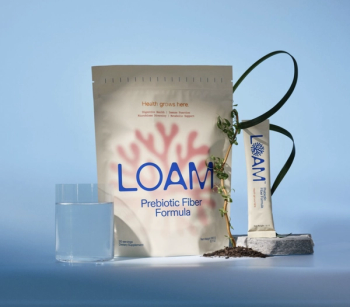
|Slideshows|January 13, 2020
- Nutritional Outlook Vol. 23 No. 1
- Volume 23
- Issue 1
2019’s Biggest ingredient sales trends (positive and negative) for dietary supplements
Author(s)Kimberly J. Decker
2019’s most unexpected supplement ingredient sales trends, according to SPINS
Advertisement
Articles in this issue
over 5 years ago
Blood sugar ingredients: What’s new?almost 6 years ago
2020 Dietary supplement equipment manufacturing updatealmost 6 years ago
2020 Dietary supplement trends, according to contract manufacturersNewsletter
From ingredient science to consumer trends, get the intel you need to stay competitive in the nutrition space—subscribe now to Nutritional Outlook.
Advertisement
Advertisement
Advertisement
Trending on Nutritional Outlook - Supplement, Food & Beverage Manufacturing Trends
1
Artemis International: 30 Years of Science-Backed Berry and Botanical Innovation
2
New LOAM prebiotic fiber formula includes NutriLeads’ Benicaros ingredient
3
Certifications, Clinical Trials, and Consumer Trust: How SGS NutriSource Serves the Industry
4
A Leader for the Times: NOW Health Group's Jim Emme on Thoughtful Leadership
5





